
Luxembourg currency then and now
Before the introduction of the Euro, Luxembourg had many currencies in circulation. From ancient coins such as the ducaton and the patagon to more recent coins such as the germinal franc and the Luxembourg franc, each currency tells a part of the Grand Duchy's history.
The Luxembourg franc ended its legal tender status on February 28, 2002 and was replaced by the euro, the currency of the European Union, at a conversion rate of 1 euro = LUF 40.3399.
Luxembourg's first currencies
Many of us have heard of the Luxembourg franc, which preceded the euro, but what came before? Let's take a quick look at the history of currencies in Luxembourg, right up to the Luxembourg franc.






What was the Luxembourg franc and how much was it worth?
We have seen so far that there have been many coins in Luxembourg, but when did the Luxembourg franc appear, how long did it circulate and how much was it worth?
Emergence of the institutions behind the Luxembourg franc
Introduction of the Luxembourg franc
Growth and stability
Transition to the euro
Euro in Luxembourg
As of January 1, 2002, the euro has been the official currency of Luxembourg, replacing the Luxembourg franc. As a member of the euro zone, Luxembourg uses the euro as its currency, contributing to the European monetary union. The euro's introduction was a big step forward for the country's economic integration with the EU. It's helped keep things stable and made it easier to do business across borders.
The euro coins used in Luxembourg are the same as those used in the rest of the euro zone, but Luxembourg coins have their own distinctive features on the back of the coin. There are eight different euro coins in circulation. There are 1 centime, 2 centimes, 5 centimes, 10 centimes, 20 centimes, 50 centimes, 1 euro, and 2 euros. The national sides of these coins, including those of Luxembourg, have their own particular designs.
Lëtzebuerg
The Luxembourg national side of the euro coins was designed by the artist Yvette Gastauer-Claire. All the coins depict the likeness of His Royal Highness, the Grand Duke Henri. They also show the year they were issued and the name of the country in Luxembourgish.
The commemorative coins
While euro coins are standard across the euro zone, each Member State can choose to mint commemorative coins. Luxembourg commemorative coins are known for featuring national motifs. The other side of commemorative coins might show portraits of historical figures, coats of arms, or important events.
These coins are designed to be instantly recognizable as being from Luxembourg. They add a unique touch to the euro coinage while still meeting the standards of the euro currency.
Here are just a few of them, although there are many more. You can find the full list on the Banque centrale du Luxembourg website.

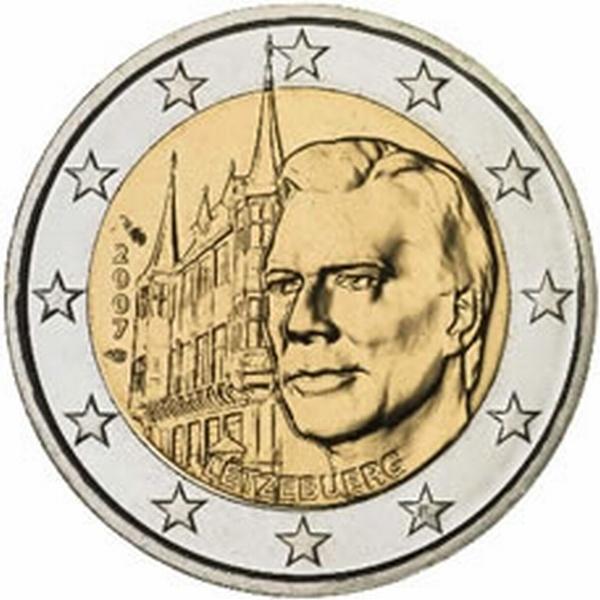

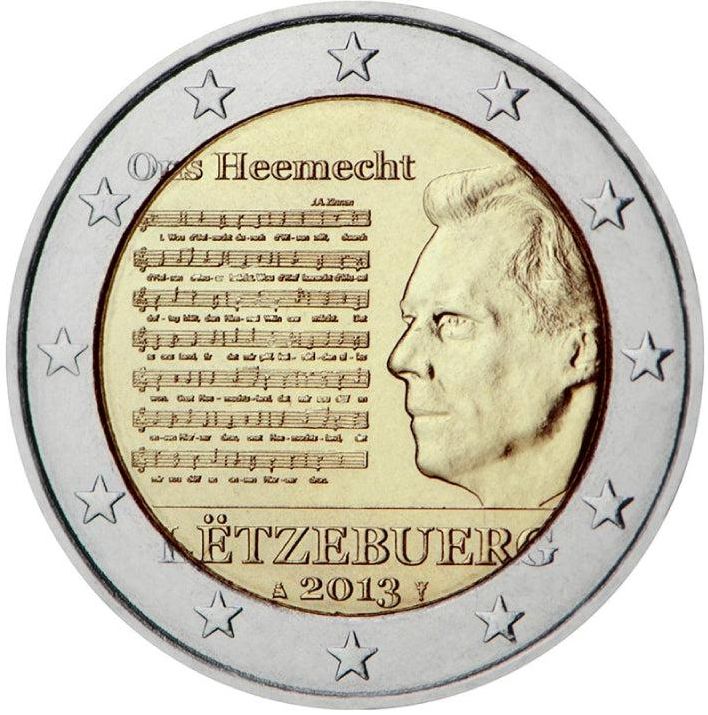
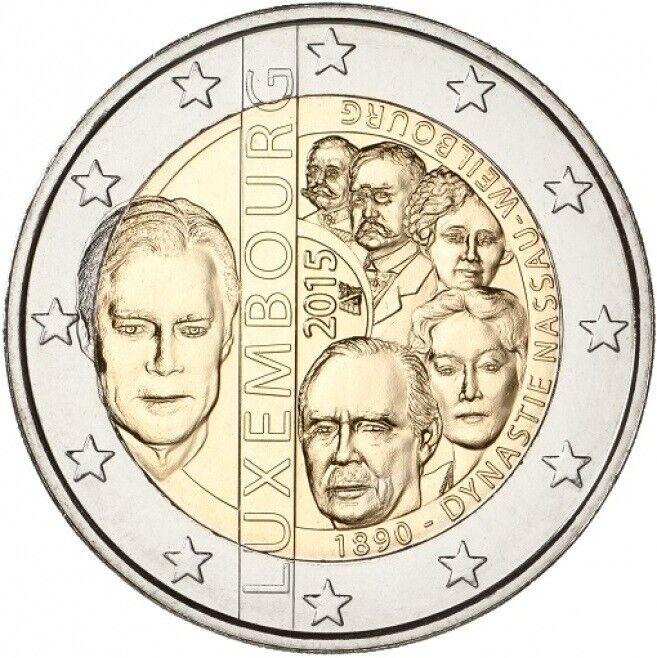
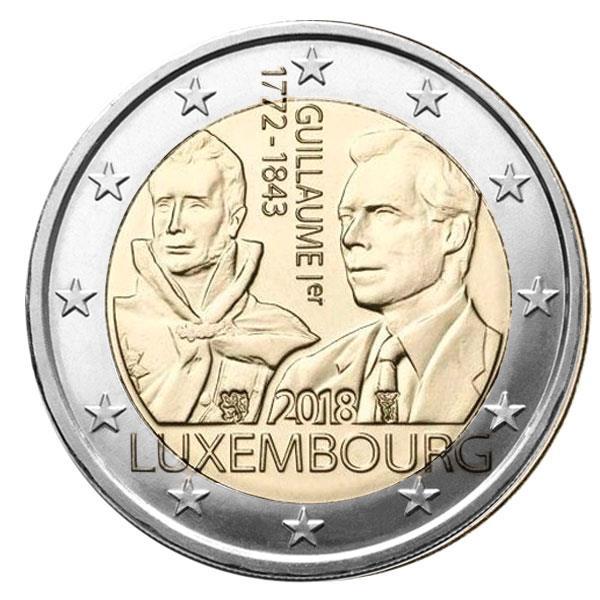
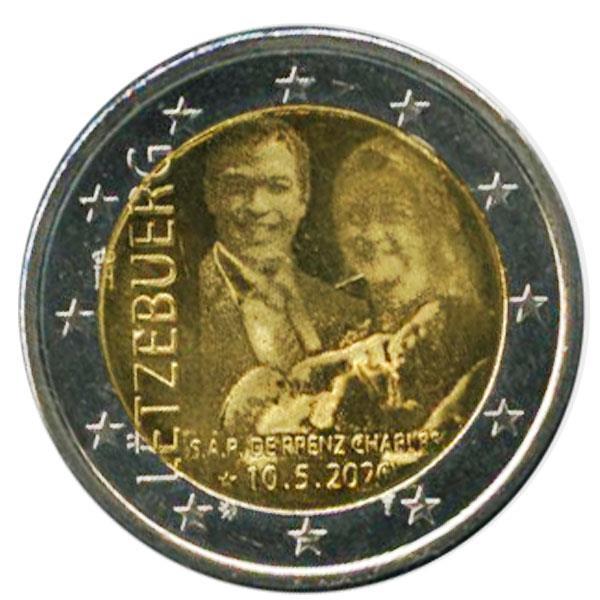
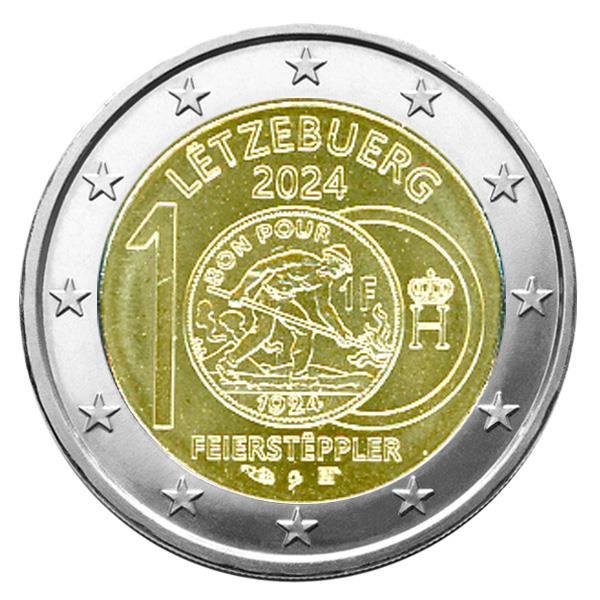
How to exchange euros in Luxembourg
If you're traveling to Luxembourg from another country, you probably have some questions about where to exchange currency. A lot of tourists are used to travelling with a certain amount of money that they plan to exchange when they get to their destination. However, this might not be the best approach in Luxembourg.
Unlike other tourist destinations, Luxembourg have few currency exchange offices. It is therefore advisable to plan ahead and explore other options for managing your money during your stay, such as card payments, ATM withdrawals and the use of modern online banks.
Luxembourg is a modern country where card payments are widely accepted. You can use credit and debit cards such as Visa, MasterCard and American Express in most establishments, including hotels, restaurants and shops. Contactless payments are also common and very convenient for everyday transactions.
What's more, ATMs allow you to withdraw cash in euros directly from your bank card, although withdrawal charges may apply depending on your bank.
For travellers looking for a more flexible solution, neo-banks such as Revolut, N26 or Wise offer excellent alternatives. These digital banking services allow you to manage your funds in several currencies, make international transfers and pay directly with prepaid or virtual cards.
Neo-banks have a number of advantages: they offer very competitive exchange rates, make it easy to manage your finances via an intuitive mobile application, and allow free or low-cost cash withdrawals abroad. They also offer alerts and notifications for better control of your budget, fast access to funds, and advanced security options to protect your transactions.
Frequently Asked Questions (FAQ)
What were the main currencies in circulation in Luxembourg before the euro?
When was the Luxembourg franc replaced by the euro?
What was the value of the Luxembourg franc against the euro when it was introduced?
What methods of payment are available for visitors to Luxembourg?
Source: fr.wikipedia.org, es.wikipedia.org, fr.wikipedia.org, fr.wikipedia.org, bcl.lu, ecb.europa.eu, numismativy.fr, infos.rtl.lu
We took photos from these sources: Markus Spiske on Unsplash, Banque Centrale Européenne, yvert.com, eurocollection.shop, Société Française des Monnaies, pieces-et-monnaies.com, ebay.com


